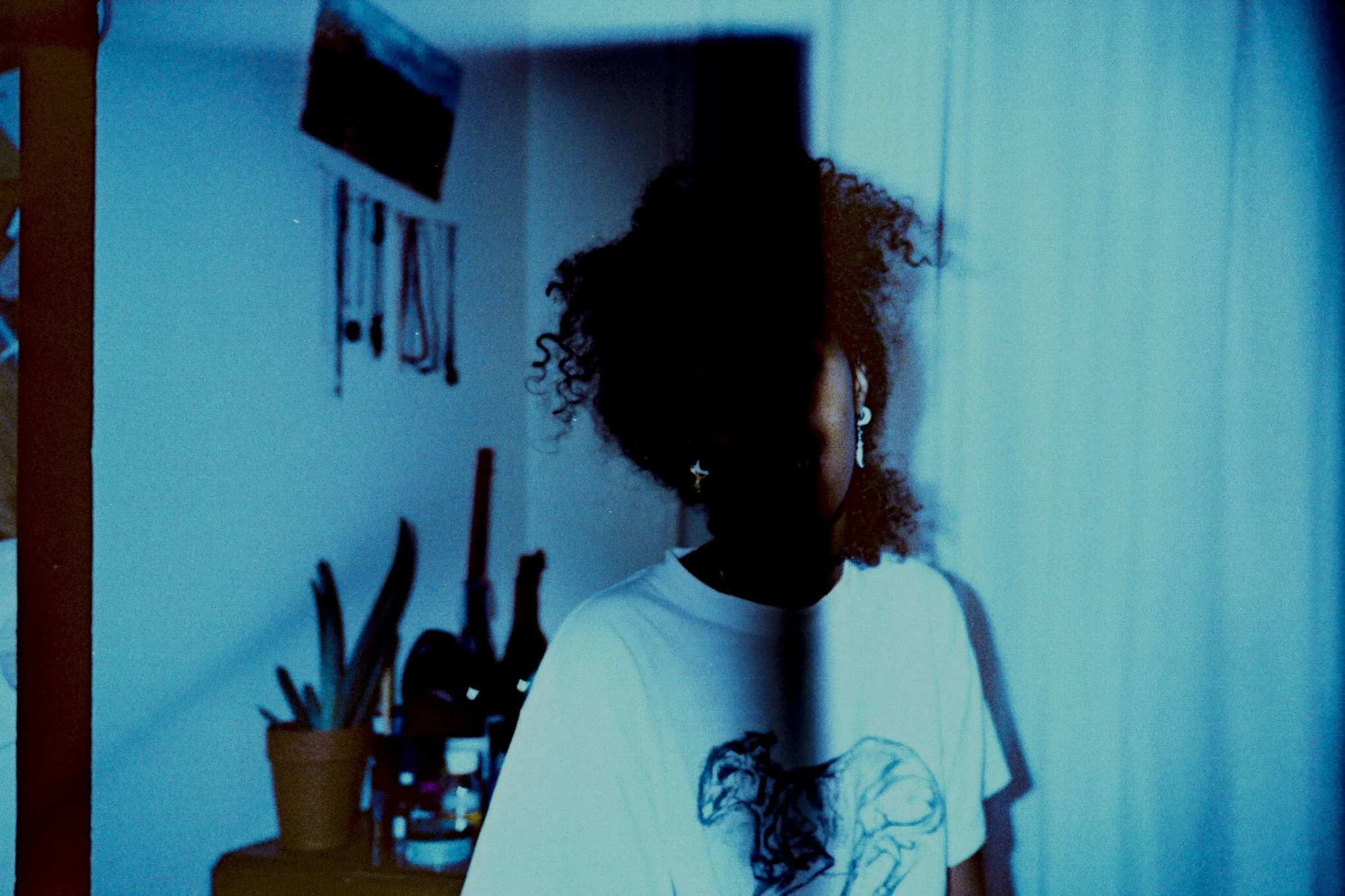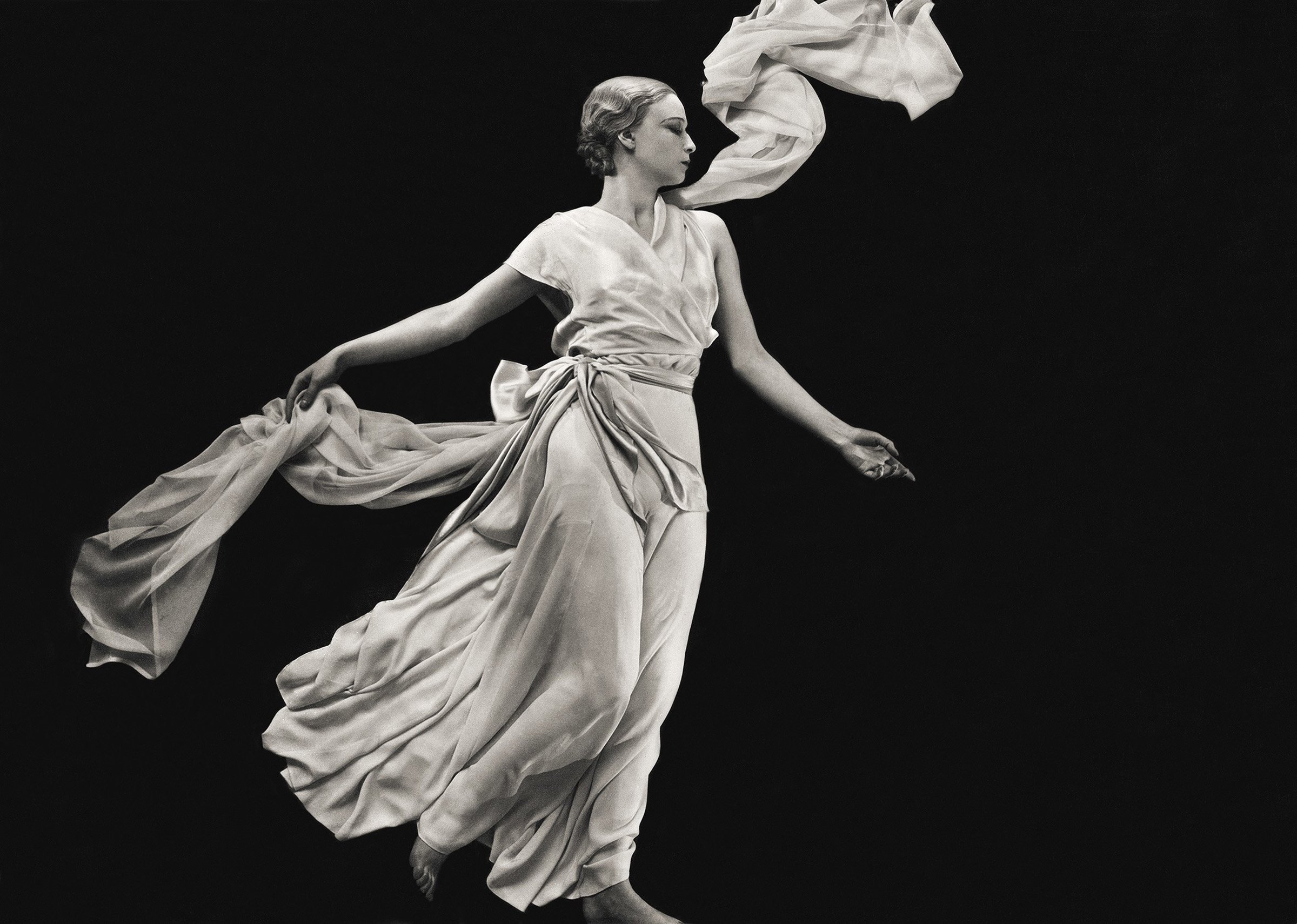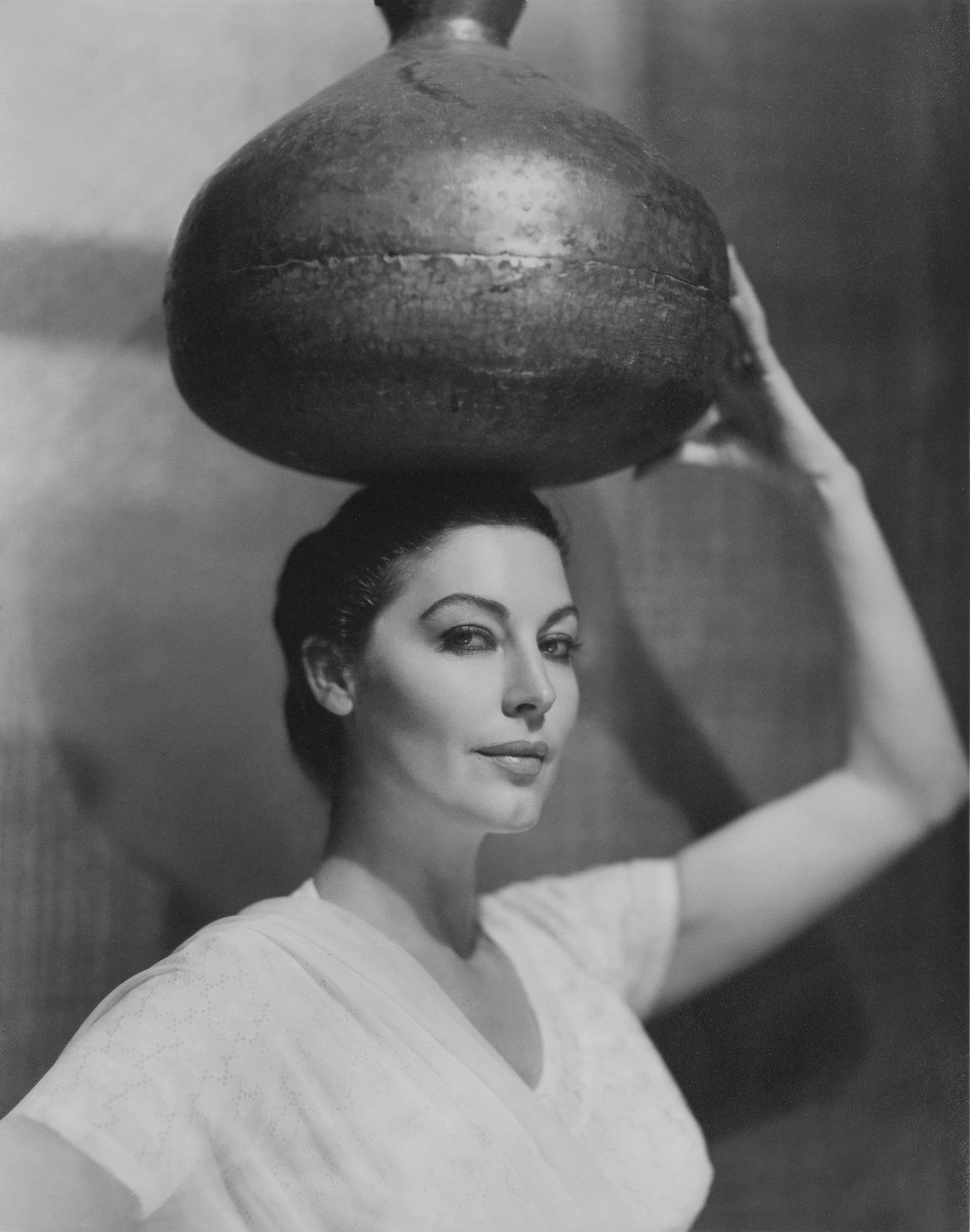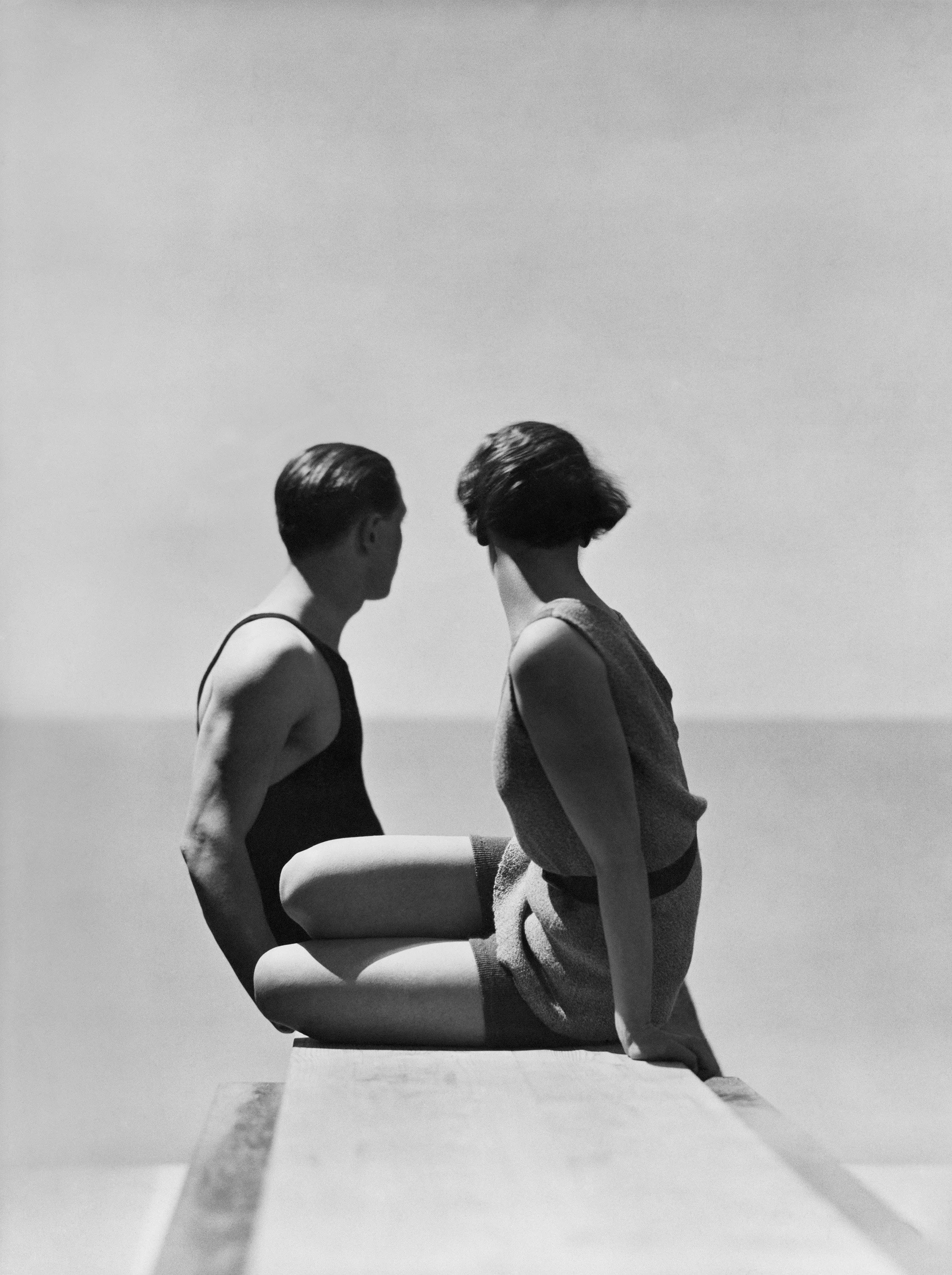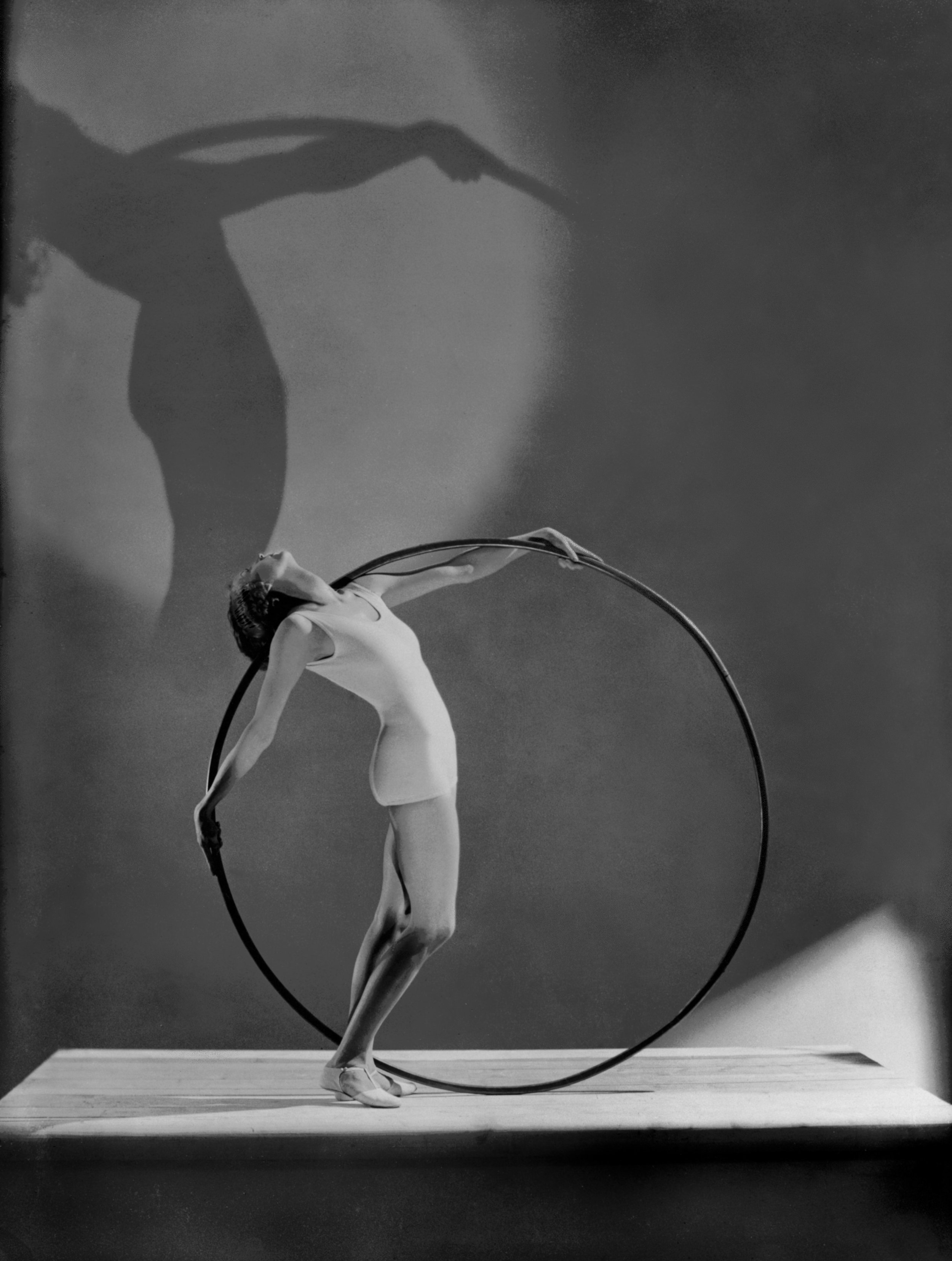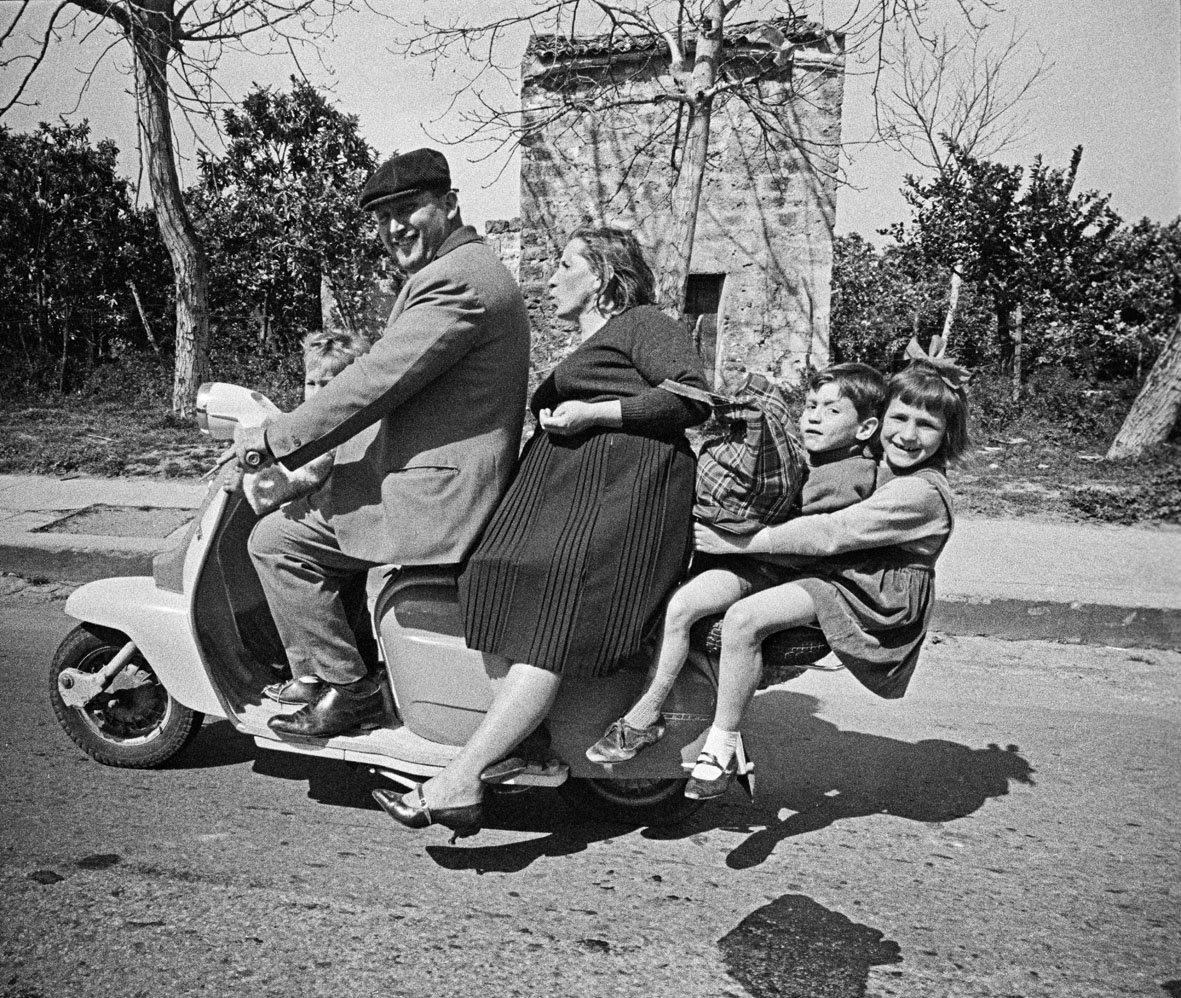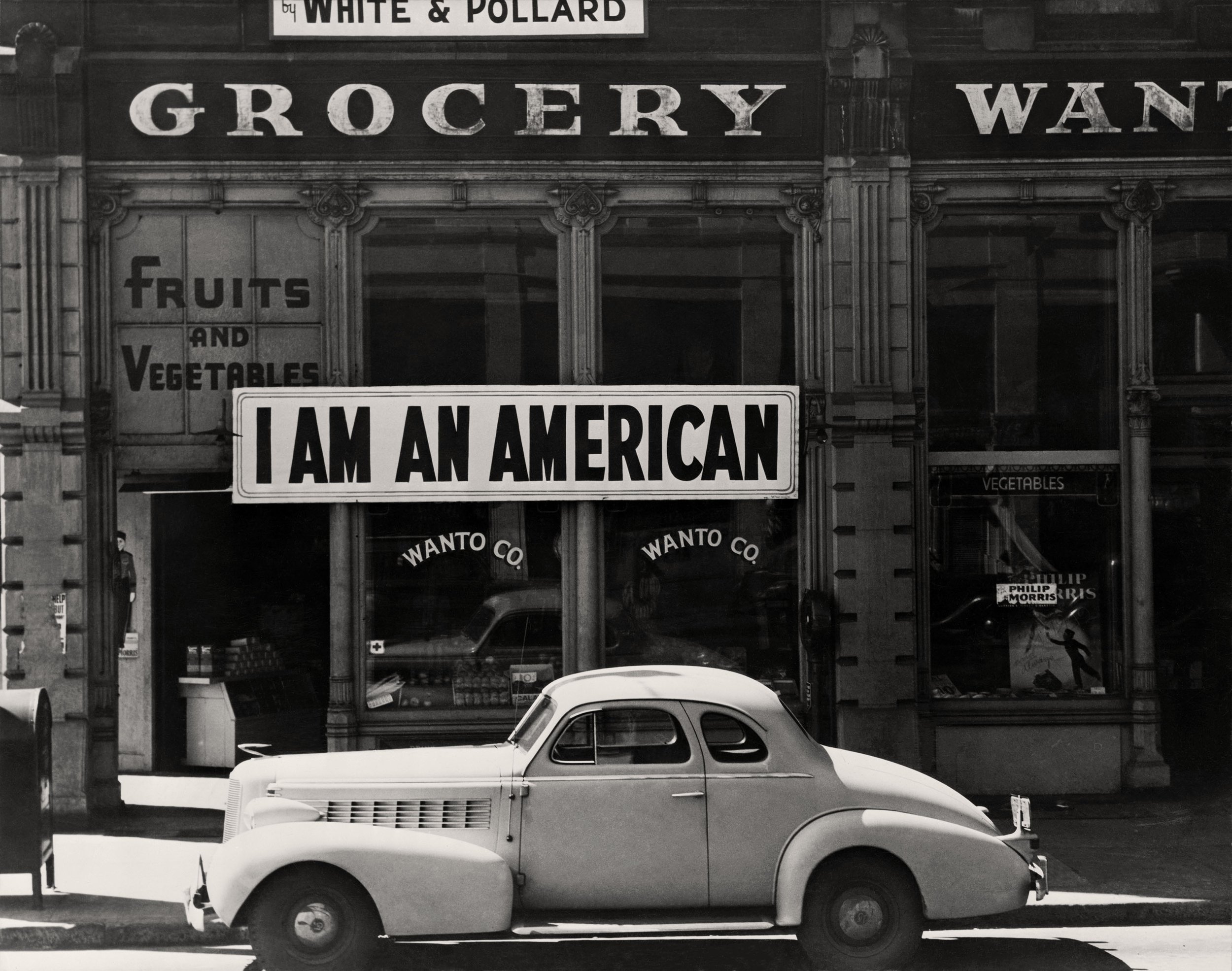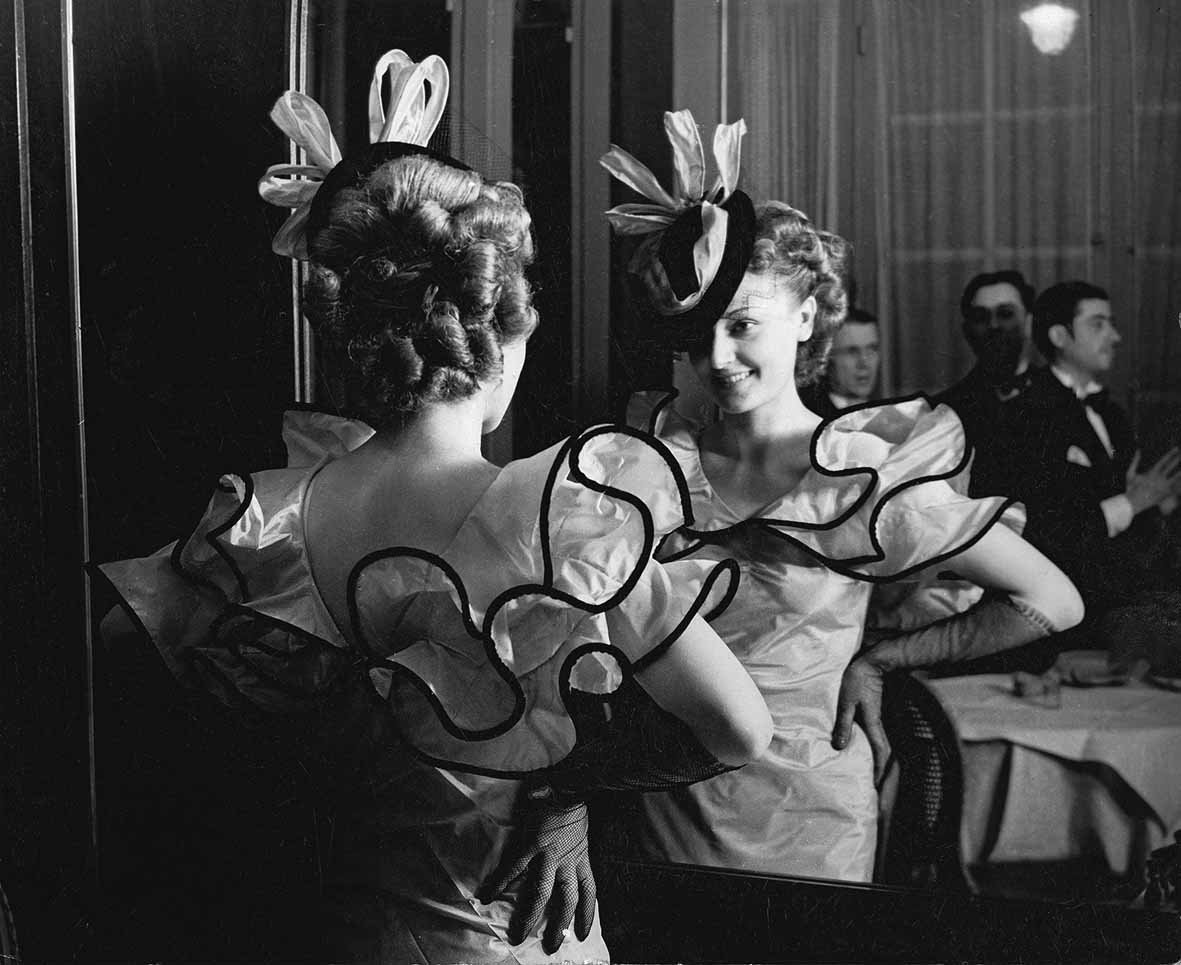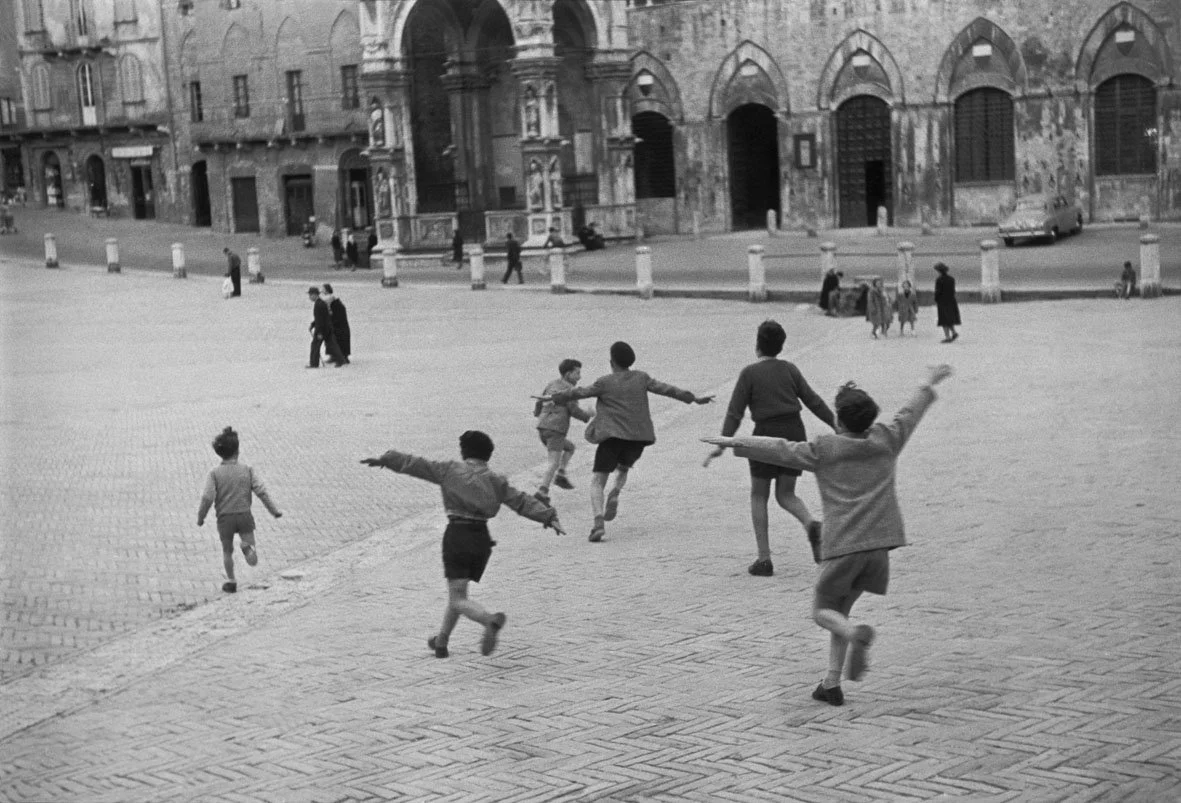
Rodney Smith. Fotografia tra reale e surreale | Palazzo Roverella | Rovigo
Palazzo Roverella | Rovigo
3. Oktober 2025 – 1. Februar 2026
Rodney Smith. Fotografia tra reale e surreale
Caroline at the Top of Circular Staircase, Charleston, South Carolina, 2000 © Rodney Smith
Zum ersten Mal in Italien widmet das Palazzo Roverella dem vielseitigen New Yorker Fotografen Rodney Smith (1947–2016) eine Retrospektive. Die Ausstellung lädt das Publikum ein in ein Universum, das zwischen Traum und Ironie schwebt, wo formale Präzision in eine surreale, poetische und raffinierte Eleganz übergeht.
In der grossen Monografie, gefördert von der Fondazione Cassa di Risparmio di Padova e Rovigo (in Zusammenarbeit mit diChroma photography und produziert von Silvana Editoriale), markieren über hundert Originalprints von Rodney Smith eine Reise in die Tiefen einer visuellen Vorstellungswelt, die im Zeichen einer raffinierten Harmonie zwischen Realität und Ideal oszilliert. Die von Anne Morin kuratierte Ausstellung verfolgt die grundlegenden Stationen von Smiths kreativem Werdegang nach – einer atypischen, eigenständigen Figur in der internationalen Fotoszene – und erneuert das Interesse an seiner intellektuell geprägten Vision, die von der Schule Walker Evans’ abstammt und Einflüsse von Ansel Adams bis René Magritte aufweist.
Die Inszenierung, gegliedert in sechs thematische Abschnitte – Der göttliche Anteil, Schwerkraft, Ätherische Räume, Durch den Spiegel, Zeit und Beständigkeit, Übergänge – führt die Besucher:innen in eine Dimension, in der das Spiel mit Symmetrien und visuellen Metaphern zur Erzählung wird. Smith, der ausschliesslich mit Film und natürlichem Licht arbeitete, behält eine stilistische Kohärenz bei, die sich in seinen Schwarzweisskompositionen und späteren Farbstudien nach 2002 deutlich zeigt. Traumartige, nie retuschierte Fotografien, voller Spannung zwischen Gleichgewicht und Paradox, werfen universelle Fragen zur menschlichen Existenz und zur Beziehung mit dem Raum auf.
Smith, der in der Fotografie ein Mittel fand, „das Alltägliche mit dem Idealen zu versöhnen“, wird zum Sänger einer schwebenden Menschlichkeit, zwischen Ironie und Melancholie balancierend. Die Ausstellung, bereichert durch einen Katalog (Silvana Editoriale) mit Beiträgen von Anne Morin, Susan Bright und Leslie Smolan (Estate of Rodney Smith), bietet eine unmittelbare Begegnung mit dem Werk eines Meisters, der zu überraschen und zu verzaubern weiss und dem Blick eine Hinwendung zu Staunen und Leichtigkeit schenkt – in einer poetischen Dimension, die Lärm meidet und zur stillen Betrachtung der Bilder einlädt. Eine seltene Gelegenheit, sich mit einer Fotografie auseinanderzusetzen, die – wie Kuratorin Morin hervorhebt – „durch Bescheidenheit, Sparsamkeit und Stille besticht“ und so ihre intensive Aktualität offenbart.
Danielle in Boat, Beaufort, South Carolina, 1966 © Rodney Smith
Pour la première fois en Italie, le Palazzo Roverella consacre une rétrospective au photographe new-yorkais éclectique Rodney Smith (1947-2016). Une exposition qui invite le public à pénétrer dans un univers suspendu entre rêve et ironie, où la précision formelle s’adoucit dans une élégance surréelle, poétique et raffinée.
Dans la grande monographie promue par la Fondazione Cassa di Risparmio di Padova e Rovigo (en collaboration avec diChroma photography et produite par Silvana Editoriale), plus de cent tirages originaux de Rodney Smith marquent un voyage au cœur d’un imaginaire visuel qui, sous le signe d’une harmonie sophistiquée, oscille entre réalité et idéal. Sous la direction d’Anne Morin, l’exposition retrace les étapes fondamentales du parcours créatif de Smith, personnage atypique et solitaire dans le panorama international de la photographie, et renouvelle l’intérêt pour sa vision érudite, héritière de l’école de Walker Evans, traversée par des influences allant d’Ansel Adams à René Magritte.
La scénographie, articulée en six sections thématiques – La divine proportion, Gravité, Espaces éthérés, À travers le miroir, Le temps et la permanence, Passages – conduit le visiteur dans une dimension où le jeu des symétries et des métaphores visuelles devient narration. Smith, qui travaillait exclusivement en pellicule et à la lumière naturelle, conserve une cohérence stylistique reconnaissable dans ses compositions en noir et blanc, ainsi que dans ses recherches chromatiques après 2002. Les photographies oniriques, jamais retouchées, chargées d’une tension entre équilibre et paradoxe, posent des questions universelles sur la condition humaine et le rapport à l’espace.
Smith, qui trouvait dans la photographie un moyen de « réconcilier le quotidien avec l’idéal », s’impose comme un chantre d’une humanité suspendue, oscillant entre ironie et mélancolie. L’exposition, enrichie d’un catalogue édité par Silvana Editoriale avec des textes d’Anne Morin, Susan Bright et Leslie Smolan (Estate of Rodney Smith), propose une rencontre directe avec l’œuvre d’un maître capable de surprendre et d’enchanter, offrant au regard un élan vers la merveille et la légèreté, dans une dimension poétique qui fuit le bruit et invite à l’écoute silencieuse des images. Une occasion rare de se confronter à une photographie qui, comme le souligne la commissaire Morin, « excelle par sa sobriété, sa parcimonie et son silence », révélant ainsi toute son actualité.
Skyline, Hudson River, New York, 1995 © Rodney Smith
Per la prima volta in Italia, Palazzo Roverella dedica una retrospettiva all’eclettico fotografo newyorkese Rodney Smith (1947-2016). Una mostra che invita il pubblico in un universo sospeso tra sogno e ironia, dove la precisione formale si stempera in un’eleganza surreale, poetica e raffinata.
Nella grande monografica promossa dalla Fondazione Cassa di Risparmio di Padova e Rovigo (in collaborazione con diChroma photography e prodotta da Silvana Editoriale), le oltre cento stampe originali di Rodney Smith segnano un viaggio nelle profondità di un immaginario visivo che, nel segno di una sofisticata armonia, oscilla tra realtà e ideale. Curata da Anne Morin, l’esposizione ripercorre le tappe fondamentali del percorso creativo di Smith, figura atipica e solitaria nel panorama della fotografia internazionale, e rinnova l’interesse per la sua visione colta, discendente dalla scuola di Walker Evans e permeata da influenze che spaziano da Ansel Adams a René Magritte.
L’allestimento, articolato in sei sezioni tematiche – La divina proporzione, Gravità, Spazi eterei, Attraverso lo specchio, Il tempo e la permanenza, Passaggi – conduce il visitatore in una dimensione dove il gioco delle simmetrie e delle metafore visuali diviene racconto. Smith, che lavorava esclusivamente in pellicola e luce naturale, mantiene una coerenza stilistica che si fa riconoscibile nelle sue composizioni in bianco e nero, e nelle successive ricerche cromatiche dopo il 2002. Fotografie oniriche mai ritoccate, cariche di una tensione tra l’equilibrio e il paradosso, pongono interrogativi universali sulla condizione umana e la relazione con lo spazio.
Smith, che trovava nella fotografia un tramite per “riconciliare il quotidiano con l’ideale”, si configura come cantore di un’umanità sospesa, in bilico tra ironia e malinconia. La mostra, arricchita da un catalogo edito da Silvana Editoriale con testi di Anne Morin, Susan Bright e Leslie Smolan (Estate of Rodney Smith), propone un incontro diretto con l’opera di un maestro capace di sorprendere e incantare, restituendo allo sguardo uno slancio verso la meraviglia e la leggerezza, secondo una dimensione poetica che rifugge il rumore e invita all’ascolto silenzioso delle immagini. Una rara occasione di confronto con una fotografia che, come suggerisce la curatrice Morin, “eccelle per sobrietà, parsimonia e silenzio”, rivelando così la sua intensa attualità.
Woman with Hat between Hedges, Parc de Sceaux, France, 2004 © Rodney Smith
For the first time in Italy, Palazzo Roverella presents a retrospective dedicated to the eclectic New York photographer Rodney Smith (1947-2016). This exhibition invites visitors into a universe suspended between dream and irony, where formal precision softens into a surreal, poetic, and refined elegance.
In the major monographic exhibition promoted by the Fondazione Cassa di Risparmio di Padova e Rovigo (in collaboration with diChroma photography and produced by Silvana Editoriale), more than one hundred original prints by Rodney Smith trace a journey through the depths of a visual imagination which, guided by a sophisticated sense of harmony, oscillates between reality and the ideal. Curated by Anne Morin, the show retraces the fundamental stages of Smith’s creative path—a unique, solitary figure in the landscape of international photography—reinvigorating interest in his cultivated vision, which descends from the school of Walker Evans and is infused with influences ranging from Ansel Adams to René Magritte.
The display, divided into six thematic sections—the Divine Proportion, Gravity, Ethereal Spaces, Through the Looking Glass, Time and Permanence, and Passages—leads visitors into a dimension where the play of symmetries and visual metaphors becomes narrative. Smith, who worked exclusively with film and natural light, maintains a stylistic coherence that is recognisable in his black and white compositions, and in his later explorations of colour after 2002. His dreamlike, never retouched images, brimming with a tension between balance and paradox, pose universal questions about the human condition and our relationship with space.
Smith, who saw photography as a means to “reconcile the everyday with the ideal”, emerges as a poet of a suspended humanity, delicately poised between irony and melancholy. The exhibition, enriched by a catalogue published by Silvana Editoriale with texts by Anne Morin, Susan Bright, and Leslie Smolan (Estate of Rodney Smith), offers a direct encounter with the oeuvre of a master capable of both surprising and enchanting, returning to the viewer a sense of wonder and lightness—a poetic dimension that shuns noise and invites the silent contemplation of images. A rare opportunity to engage with photography which, as curator Morin suggests, “excels through restraint, frugality, and silence”, thus revealing its profound relevance for today.





